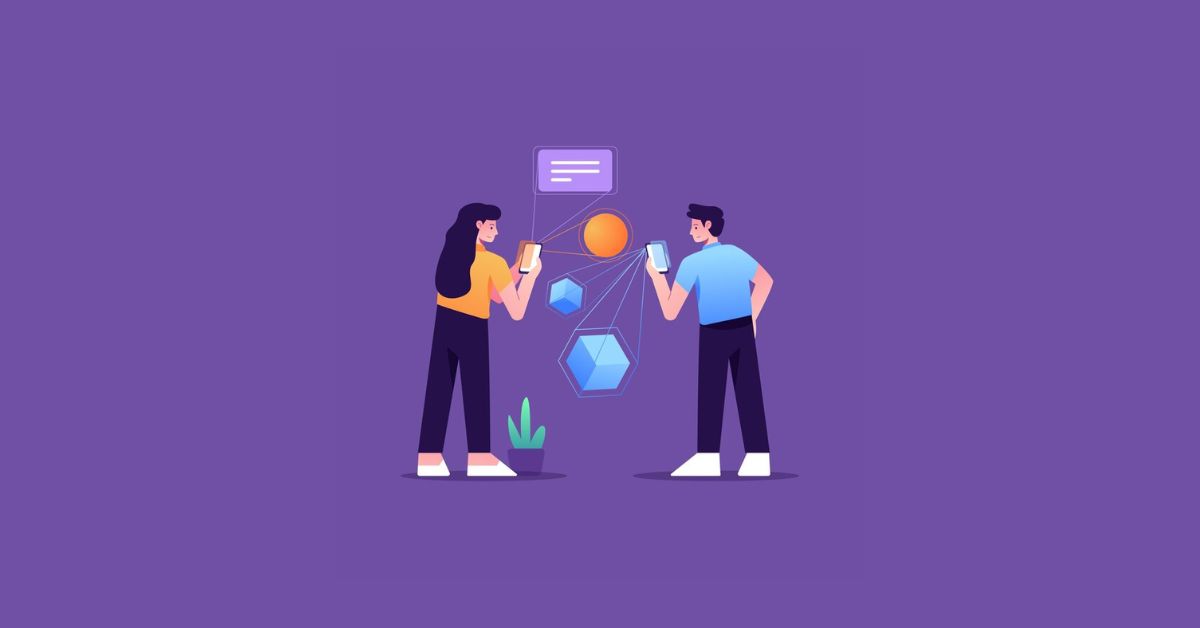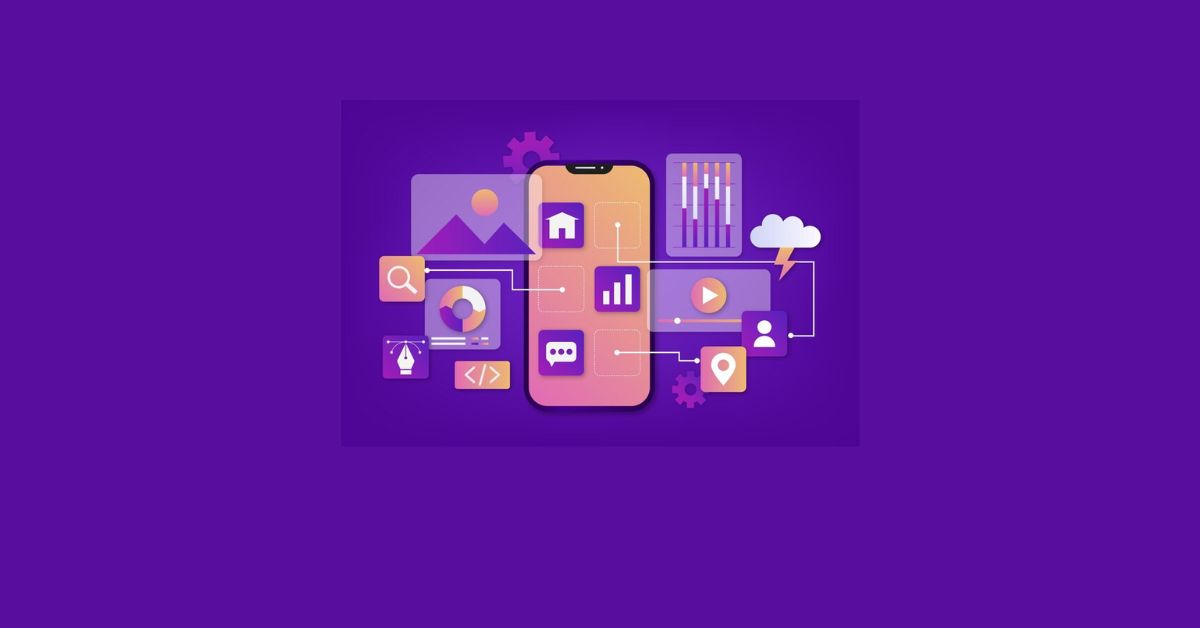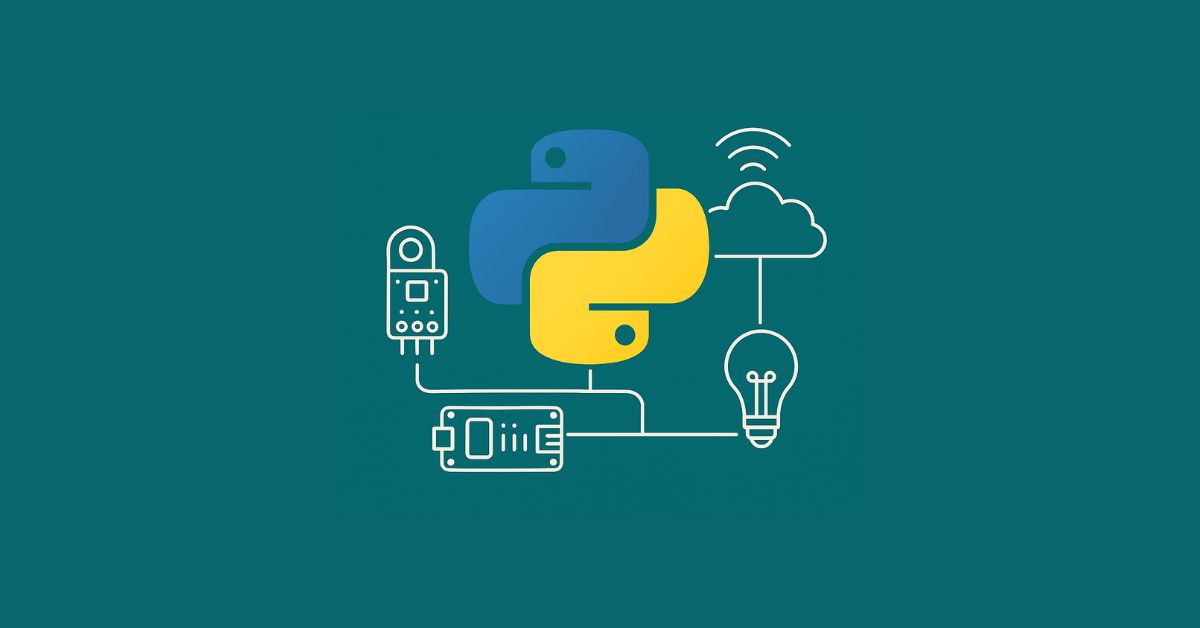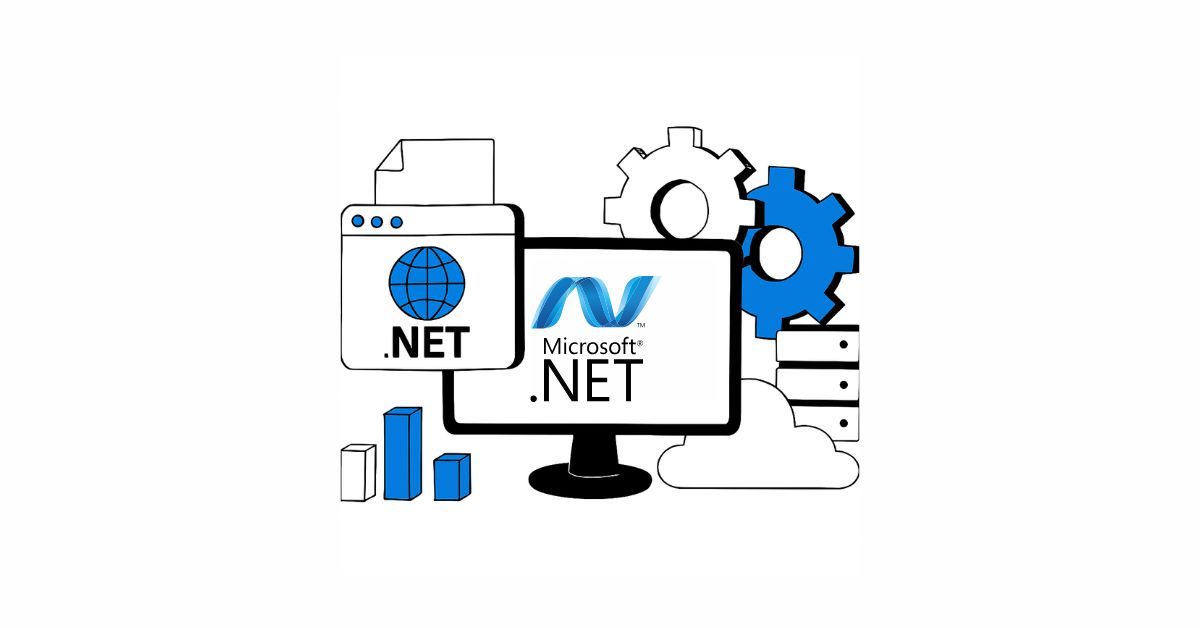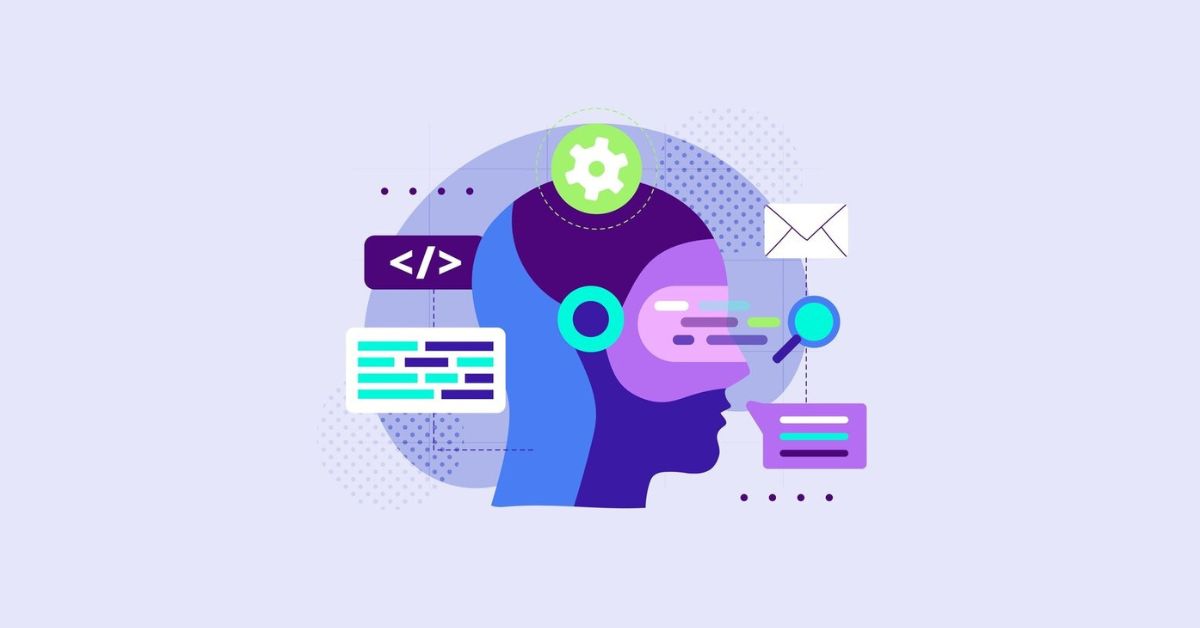Summary
Instead of operating on a single, centralized server, decentralized applications (DApps) run on a blockchain or a decentralized network of computers. They use blockchain technology to operate without middlemen and are intended to offer autonomy, security, and transparency.
- What is DApps in Blockchain?
- How Do Decentralized Applications Operate?
- Popular Platforms for Developing dApps
– Ethereum
– NEO
– TRON - Popular dApps
- Benefits of dApps
– Fault tolerance
– Privacy
– Data Integrity
– Platform Flexibility
– Verifiable Behavior - The Drawbacks of dApps
– Performance Overhead
– Maintenance
– Scalability
– User experience
– Centralization
– Network Congestion - Examples of dApps
– Finance
– Gaming - Conclusion
What is DApps in Blockchain?
Software programs that operate on a blockchain or decentralized network and allow peer-to-peer communication without middlemen are known as decentralized applications or (DApps). In contrast to traditional apps, DApps are independent, frequently open-source, and depend on smart contracts to carry out operations safely and openly. They are widely utilized in government, social media, gaming, and banking (DeFi) and offer advantages like user ownership, censorship resistance, and transparency. Several users can produce and consume information on these platforms without any oversight or intervention from a single individual. Some of the requirements for dApps are listed below.
Open Source
dApps should be open source, meaning anyone can access their codebase without restriction. Only with the majority’s consent should any modifications be made to the app’s functionality or structure.
Decentralized
To guarantee security and transparency, dApps should be decentralized, with all data and operations kept on a public, decentralized blockchain.
Incentive
dApps ought to provide their users with cryptographic tokens as a kind of incentive. Users are encouraged to support the Blockchain dApp ecosystem with these assets, which are essentially liquid.
Protocol
To prove their worth, dApps need to adhere to a specific protocol. This entails demonstrating the worth of a specific procedure in a manner that makes it simple for others to confirm it.
How Do Decentralized Applications Operate?
The backend code of a decentralized peer-to-peer network is what powers a dApp. Additionally, it can have a user interface and frontend code written in any language, much like regular apps. IPFS is one example of a decentralized server that can host the front end. Except for a few variations that are covered below, dApps function similarly to regular applications.
The following features are present in the dApp working:
Decentralized: Ethereum, an open public decentralized platform, powers dApps.
Deterministic: regardless of the environment in which they are run, Decentralized Applications have the same functionality.
Turing complete: given the necessary resources, Decentralized Application sare capable of carrying out any task.
Isolated: dApps run in an Ethereum Virtual Machine, a virtual setting that guarantees that even in the event of a smart contract bug, it won’t interfere with the blockchain network’s regular operations.
Popular Platforms for Developing dApps
Numerous Blockchain platforms have been developed by different businesses. Although Bitcoin is the most well-known and frequently mentioned, other others are utilized to develop apps. Additionally, these Blockchain systems serve as a foundation for developing apps. Let’s now examine some of these.
Ethereum
At the moment, Ethereum is the most widely used open-source, decentralized blockchain worldwide. It serves as the foundation for over 2500 dApps and other Blockchain applications. In actuality, Ethereum’s market value is ranked second only to Bitcoin. Additionally, Ethereum has a native cryptocurrency called BTH, which is their take on Bitcoin. Overall, although being rather pricey, this is a great choice for developing a dApp.
NEO
Another open-source, decentralized blockchain to establish a smart economy is NEO. In comparison to other Blockchain systems, it offers superior possibilities for dApp scalability and is also known as the Chinese Ethereum. With only 100 dApps developed with this technology, NEO is currently less well-known than Ethereum. It can sometimes charge larger fees than Ethereum and is also rather costly.
TRON
In contrast to Ethereum or NEO, TRON is a relatively new blockchain platform. But it’s well-liked and might potentially challenge Ethereum in the future. TRON is especially well-known for its gambling websites and applications. This platform is a great option because it has produced about 1500 dApps.
Popular dApps
Some of the well-known dApps are listed below:
CryptoKitties: This entertaining app is used for amusement. The program allows you to purchase cats with cryptocurrency, breed them, and then resell them for a profit. CryptoKitties was once in charge of 10% of Ethereum transactions per day, suggesting that adorable kitties are well-liked worldwide, including on Blockchain.
OpenSea: Open Sea is a blockchain-based dApp that promotes communication between different games. On OpenSea, players can trade their collections from any game that uses cryptocurrencies. This dApp only supports Ethereum collectibles at the moment, but they intend to add more in the future.
WINk: The most widely used dApp on the market for gambling-based games is WINk. It featured everything from sports betting to poker and dice games. The TRON platform serves as the foundation for WINk, and betting winners receive WIN tokens, which can subsequently be traded for BTT, a cryptocurrency similar to Bitcoin.
IPSE: InterPlanetary Search Engine, or IPSE, is a search engine that uses blockchain technology as its foundation. IPSE utilizes the InterPlanetary File System (IPFS), an advancement over HTTP on the internet, and is built on the EOS blockchain. The fact that IPSE ensures internet security and privacy is a significant benefit over other traditional search engines.
Blockchain Cuties: Blockchain Cuties is an excellent choice for anyone with an interest in CryptoKitties. In addition to cats, it enables you to concentrate on other cue animals, such as puppies, bear cubs, reptiles, etc. Unlike CryptoKitties, which solely supports Ethereum, Blockchain Cuties is a dApp that can be accessed through a variety of Blockchain platforms, including Ethereum, NEO, TRON, etc.

People Also Read
Benefits of dApps
Fault tolerance
Because dApps operate on a decentralized platform, the network will remain operational even if only one node is operating, however, performance will be significantly reduced.
Privacy
To utilize any app-specific features, users are not required to provide their real-world identity or any other personal information.
Data Integrity
Because consensus techniques are used, data saved on the blockchain is unchangeable and impenetrable. Transactions cannot be forged by hackers, and data saved on the blockchain is immutable.
Platform Flexibility
The Ethereum platform offers a versatile setting that makes developing dApps simple.
Verifiable Behavior
Without requiring oversight or intervention from a central authority, smart contracts are guaranteed to operate in predictable ways and can be examined.
The Drawbacks of dApps
Performance Overhead
To provide Ethereum with the desired level of security, transparency, and integrity, a significant amount of performance overhead is required. Even the proof-of-work requires a significant amount of time and computing power.
Maintenance
Because the code or data uploaded to the blockchain is difficult to change and all bug fixes require consensus from all network peers, which is typically difficult to accomplish promptly, dApps are challenging to manage, debug, and update.
Scalability
Compared to centralized networks, decentralized networks are more difficult to scale.
User experience
Since users must use public and private keys to log in rather than the username and password used in centralized applications, it is difficult for developers to create a dApp that is easy to use.
Centralization
Creating developer-friendly, user-friendly Ethereum applications could lead to the creation of a centralized service. All of the advantages of the blockchain over the conventional approach could be lost due to centralization.
Network Congestion
When utilizing a dApp, there is a problem with network congestion because one dApp requires excessive amounts of processing power, backing up the entire network. Unconfirmed transactions will accumulate if the volume of incoming transactions exceeds the 10–15 transactions that are handled in a second.
Build innovative blockchain apps with GrapesTech Solutions – Let’s start today!
Examples of dApps
Finance
A decentralized cryptocurrency exchange (DEX) that eliminates the need for middlemen. A decentralized cryptocurrency loan and borrowing platform.a system for borrowing assets and earning interest on Bitcoin deposits.
Gaming
Players of the play-to-earn blockchain game Axie Infinity gather and exchange NFTs, which stand in for animals known as Axies.
Users can purchase, sell, and build digital land and assets as NFTs on this virtual reality platform. NFTs are used to represent collectible cards in a blockchain-based card game.
Conclusion
Because of its emphasis on security and transparency, dApps is a fantastic idea and the next step up from Blockchain culture. Although there aren’t as many dApps as there are traditional apps on the market, this is mainly because blockchain technology is still in its infancy. As blockchain becomes more widely used, dApps will gain popularity. In the interim, read up about Blockchain, consider purchasing Bitcoin, and have a look at the dApps listed below. Cats are always entertaining.

